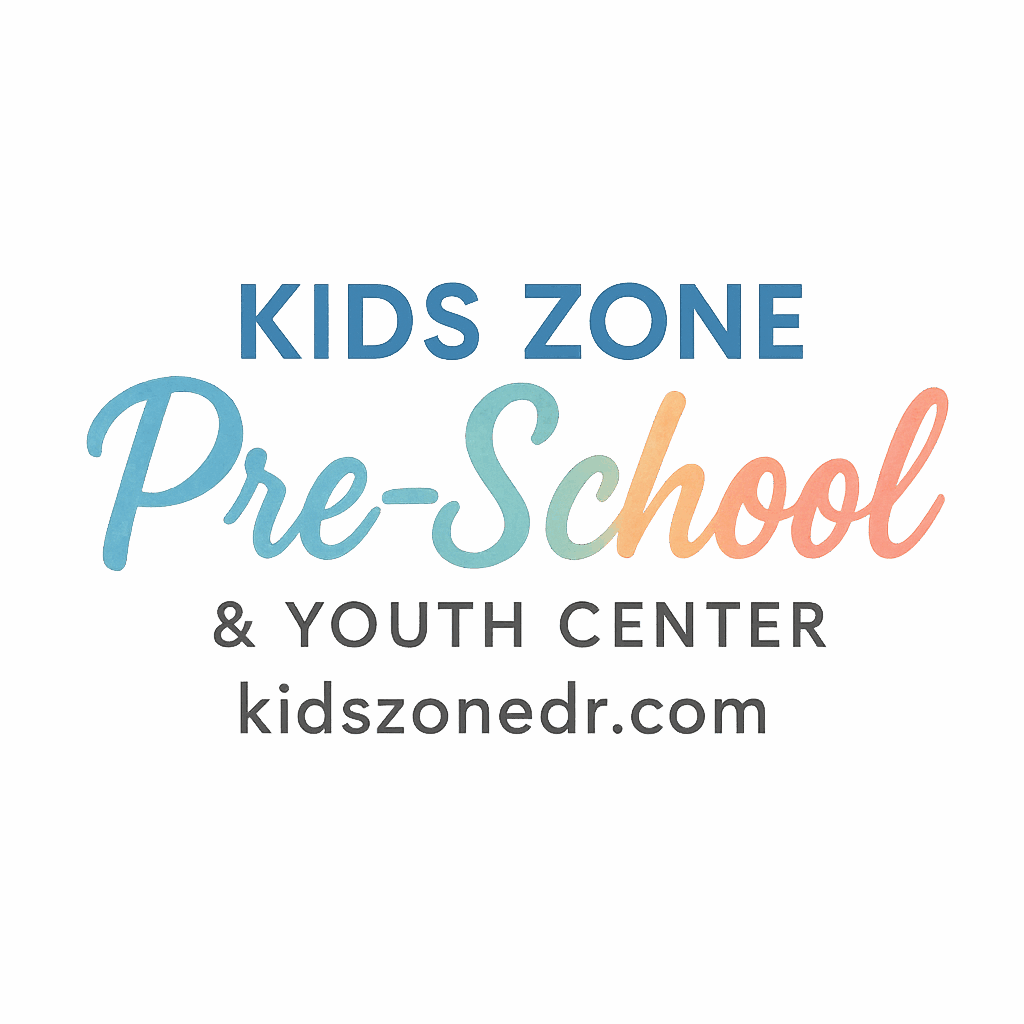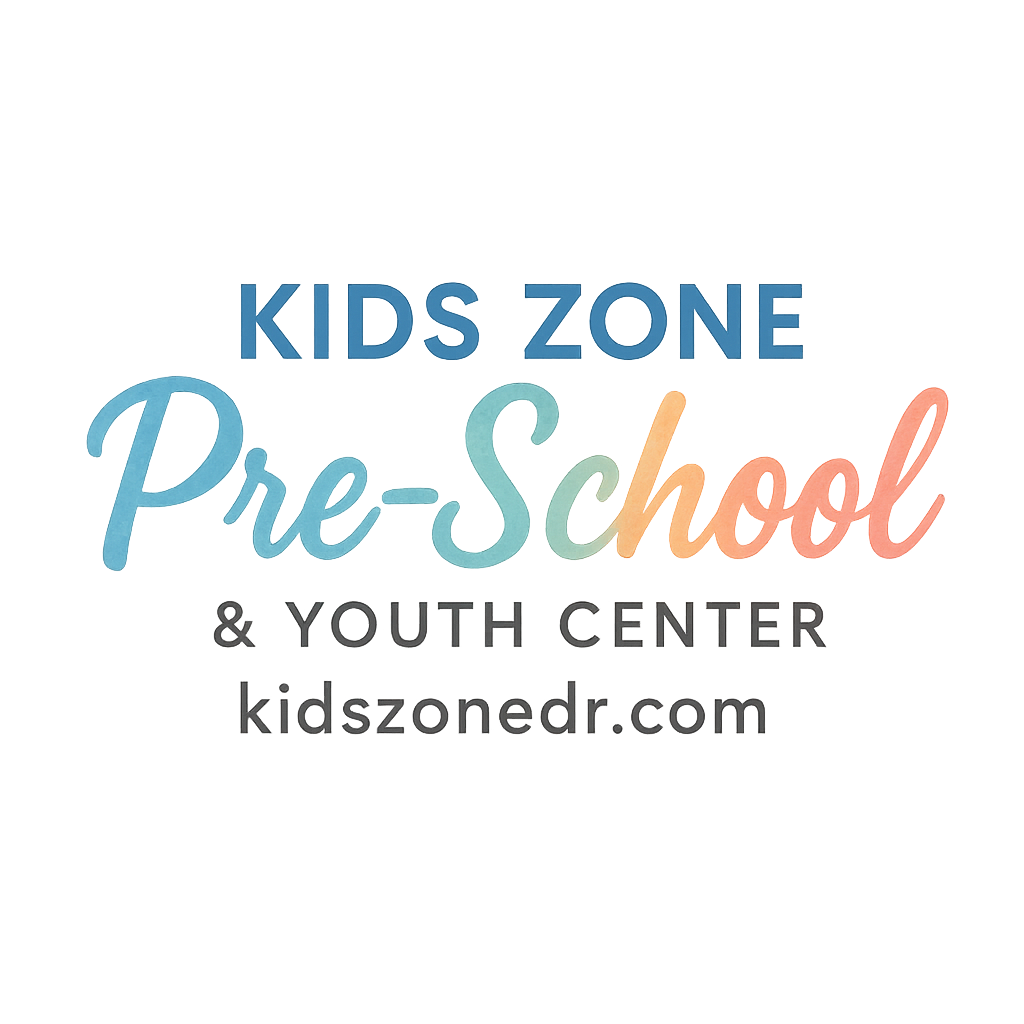When you think about sports, your mind probably jumps straight to competition, trophies, and team uniforms. But for preschoolers, sports-inspired play is less about winning and more about moving their little bodies, learning teamwork, and having a ton of fun. Preschool and youth centers are the perfect spaces to blend physical activity with playful learning. In this guide, we’ll walk through six amazing sports-inspired play activities that preschoolers will absolutely love.
Why Sports-Inspired Play Matters for Preschoolers
Sports-inspired play isn’t just about burning off energy—it’s about building a foundation for growth. At this stage, children are like sponges, soaking up every skill, habit, and behavior they’re exposed to.
Physical Development Benefits
Running, jumping, tossing, and dribbling help strengthen muscles, improve balance, and boost coordination. These activities are stepping stones toward lifelong fitness.
Social and Emotional Growth
When kids engage in team-like play, they practice sharing, waiting their turn, and cheering for others. These interactions develop empathy, patience, and social confidence.
Building Confidence Early
Nothing lights up a preschooler’s face quite like scoring their first “goal” or making a successful toss. Confidence gained in sports-inspired play often translates into other areas of preschool learning and development (see here).
How to Introduce Sports to Preschoolers Safely
Preschoolers aren’t ready for full-on competitive sports, but they thrive when sports are adapted to their age and stage.
Age-Appropriate Activities
Focus on fun, basic movements—like kicking, tossing, and chasing balloons—rather than strict rules.
Safety and Supervision in Play
Always ensure a safe play area, whether it’s a gym floor, playground, or classroom space (check out daily routines and activities).
Balancing Fun and Skill-Building
Sports play should feel like an adventure, not a lesson. Keep it playful while weaving in skill development.
6 Preschool & Youth Center Sports-Inspired Play Activities
Let’s dive into the fun! These activities work indoors or outdoors, and they’re easy to adapt for different group sizes.
1. Mini Soccer Dribble and Kick
Kids love kicking a ball—it’s instinctive. This activity is perfect for channeling that excitement.
Key Benefits of Soccer Play
- Improves leg strength and balance
- Builds teamwork when played in small groups
- Encourages focus and coordination
How to Set It Up Indoors or Outdoors
Use soft foam or inflatable balls and create small “goal posts” with cones or chairs. Have children dribble around obstacles and take turns kicking into the goal.
2. Basketball Hoop Toss
Even preschoolers can enjoy the thrill of “scoring” in basketball.
Developing Hand-Eye Coordination
Throwing into a hoop or basket helps refine precision and motor skills.
Making It Fun with Preschool Equipment
Use child-sized hoops or laundry baskets. Swap balls for beanbags or soft toys for extra safety.
3. Relay Races with a Twist
Relay races are classic—but preschool versions need a playful spin.
Teamwork and Cooperation Skills
Relay play teaches children how to work together, cheer each other on, and wait patiently.
Creative Variations for Youth Centers
Instead of just running, try hopping like frogs, waddling like penguins, or balancing a beanbag on their head.

4. Parachute Games for Movement
If you’ve ever seen kids with a parachute, you know the joy it brings.
Group Engagement and Sensory Play
Parachutes encourage cooperation, rhythm, and sensory stimulation.
Tips for Different Group Sizes
For large groups, try “wave games.” For smaller ones, roll a ball across the parachute and encourage teamwork to keep it moving.
5. Mini Tennis Balloon Rally
Who says tennis needs rackets and nets?
Hand-Eye Precision for Young Learners
Tapping balloons back and forth helps preschoolers practice timing and coordination.
Using Safe and Affordable Tools
Swap tennis rackets with paper plates taped to sticks. Balloons move slowly, giving children more control and less frustration.
6. Obstacle Courses Inspired by Athletics
Preschoolers love a challenge, and obstacle courses let them feel like little athletes.
Gross Motor Skill Development
Climbing, crawling, and balancing build whole-body strength and flexibility.
Ideas for Both Indoor and Outdoor Play
- Indoors: use pillows, tunnels, and mats
- Outdoors: set up cones, balance beams, and hoops
The Role of Daily Routines in Sports Play
Sports-inspired play doesn’t need to be limited to one-off sessions. It can be part of preschool daily schedules (learn more here).
Linking Sports with Daily Preschool Activities
Short bursts of play between lessons help kids refocus and recharge.
Encouraging Healthy Habits and Wellness
Regular physical play promotes wellness and establishes lifelong healthy habits (explore wellness tips).
How Parents Can Get Involved
Parents play a huge role in encouraging preschool play.
Volunteering in Preschool Sports
Many preschools welcome parents to assist with play days or youth center activities (see parental involvement tips).
Supporting Sports-Inspired Play at Home
Simple activities—like balloon toss in the living room or a backyard relay—extend preschool learning into family time.
Health, Nutrition, and Energy for Active Kids
Play is only half the equation—nutrition powers it.
Fueling Young Bodies with the Right Foods
Healthy snacks like fruit slices, yogurt, or whole-grain crackers keep energy levels steady (see more on healthy eating).
Balancing Rest and Play for Growth
Rest allows muscles and brains to recover. Encourage naps and a consistent sleep schedule.
Choosing the Right Preschool or Youth Center
Not all preschools emphasize physical activity equally.
Features to Look for in Sports Programs
- Safe, age-appropriate equipment
- Structured and unstructured play opportunities
- A focus on teamwork and confidence (see features guide)
Questions Parents Should Ask
- How often do kids engage in physical play?
- Are activities adapted for all ability levels?
- How is safety managed during sports play? (check school search tips)
Conclusion
Sports-inspired play is more than just fun—it’s a stepping stone to lifelong health, confidence, and social skills. Whether it’s balloon tennis, parachute games, or relay races, preschoolers thrive when physical play is part of their everyday lives. Youth centers and preschools that embrace these activities give children not only joy but also valuable developmental tools they’ll carry for years to come.
FAQs
1. What age can preschoolers start sports-inspired play?
Children as young as 3 can safely enjoy age-appropriate, play-based sports activities.
2. How often should preschools include physical play?
Ideally, preschoolers should have daily structured and unstructured physical play.
3. Can sports play help shy kids?
Yes! Activities like parachute play or obstacle courses build confidence and encourage social interaction.
4. Do sports activities need special equipment?
Not necessarily—many games can be played with simple tools like balloons, beanbags, or cones.
5. How do parents support sports-inspired play at home?
By creating simple games like balloon toss or mini obstacle courses in safe spaces.
6. Are sports-inspired activities safe for all children?
With supervision and adaptation, most activities can be inclusive for kids of different abilities.
7. How do sports tie into overall preschool development?
Sports enhance motor skills, social growth, emotional resilience, and lifelong healthy habits (learn more).


